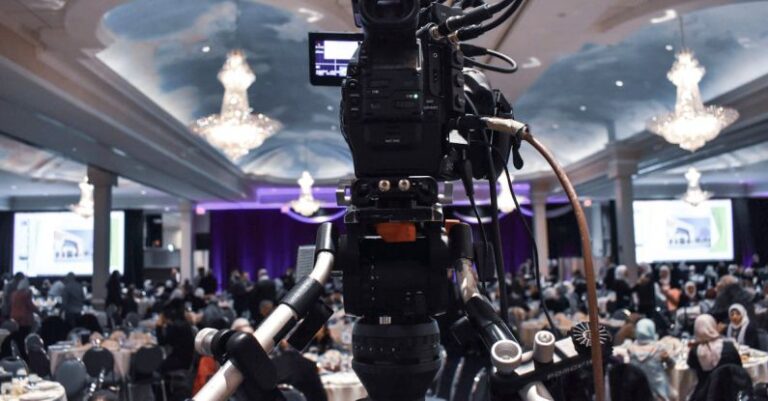What Are the Best Practices for Using Typography in Presentations

Typography plays a crucial role in the effectiveness of presentations. It has the power to captivate an audience, enhance readability, and convey information in a visually appealing manner. When utilized correctly, typography can elevate a presentation from average to extraordinary. Understanding the best practices for using typography in presentations is essential for creating impactful and engaging slides.
Choose the Right Fonts
Selecting the right fonts is the first step in creating visually appealing presentations. When choosing fonts, it is important to consider readability and consistency. Opt for clean, easy-to-read fonts such as Arial, Calibri, or Helvetica for body text. These fonts are widely accepted and ensure that your content is easily digestible for the audience.
For headings and titles, you can experiment with more creative and eye-catching fonts to grab the viewer’s attention. However, be cautious not to overdo it. Using too many different fonts can make your presentation appear cluttered and unprofessional. Stick to a maximum of two or three fonts to maintain a cohesive look throughout your slides.
Emphasize Hierarchy with Font Size and Weight
Effective use of font size and weight helps establish a visual hierarchy in your presentation. By varying the size and weight of your text, you can guide the audience’s attention and highlight key points. Use larger font sizes for headings and subheadings to make them stand out, while keeping body text at a smaller, readable size.
Additionally, using bold or italicized text can draw attention to important information or key takeaways. However, be mindful not to overuse these formatting options, as excessive bolding or italicizing can diminish their impact. Consistency is key when it comes to establishing a clear hierarchy in your presentation.
Utilize White Space
White space, also known as negative space, is the empty space around text and images on a slide. It plays a crucial role in enhancing readability and visual appeal. By incorporating ample white space in your presentation, you can prevent overcrowding and make your content more digestible for the audience.
Avoid the temptation to fill every inch of your slide with text or images. Instead, embrace white space to create a clean and uncluttered design that allows the audience to focus on the key points of your presentation. White space can also help establish a sense of balance and harmony in your slides, making them more visually pleasing.
Maintain Consistency in Alignment and Spacing
Consistency in alignment and spacing is essential for creating a polished and professional-looking presentation. Align text and images consistently throughout your slides to ensure a cohesive design. Whether you choose left, center, or right alignment, stick to the same alignment style across all slides for a unified look.
Moreover, pay attention to spacing between lines of text, paragraphs, and elements on your slides. Proper spacing not only improves readability but also contributes to the overall visual appeal of your presentation. Avoid overcrowding text and images, and use generous margins to create a well-structured layout.
Choose a Limited Color Palette
Color plays a significant role in typography and can greatly impact the overall look and feel of your presentation. When selecting colors for your text, opt for a limited color palette to maintain visual consistency. Choose colors that complement each other and ensure that text is easily readable against the background.
Avoid using overly bright or clashing colors, as they can strain the eyes and make your presentation difficult to read. Stick to a few harmonious colors that align with your overall design theme. Remember that color should enhance your content, not distract from it.
Incorporate Visual Hierarchy with Text Formatting
Text formatting, such as bold, italics, underline, and color, can be used to create visual hierarchy in your presentation. By strategically formatting text, you can emphasize key points, guide the audience’s attention, and enhance the overall readability of your slides.
Use bold text for headings and subheadings to make them stand out, while keeping body text in a standard font weight for easy reading. Italics can be used to denote emphasis or highlight specific terms or phrases. However, be cautious not to overuse text formatting, as it can diminish its impact and create visual clutter.
Conclusion:
Effective typography is a powerful tool for enhancing the impact and visual appeal of your presentations. By following best practices such as choosing the right fonts, emphasizing hierarchy with font size and weight, utilizing white space, maintaining consistency in alignment and spacing, choosing a limited color palette, and incorporating visual hierarchy with text formatting, you can create engaging and professional-looking slides that effectively communicate your message to the audience. Remember that typography is not just about aesthetics; it is also about ensuring readability and guiding the viewer’s focus. Mastering the art of typography in presentations can elevate your communication skills and leave a lasting impression on your audience.





